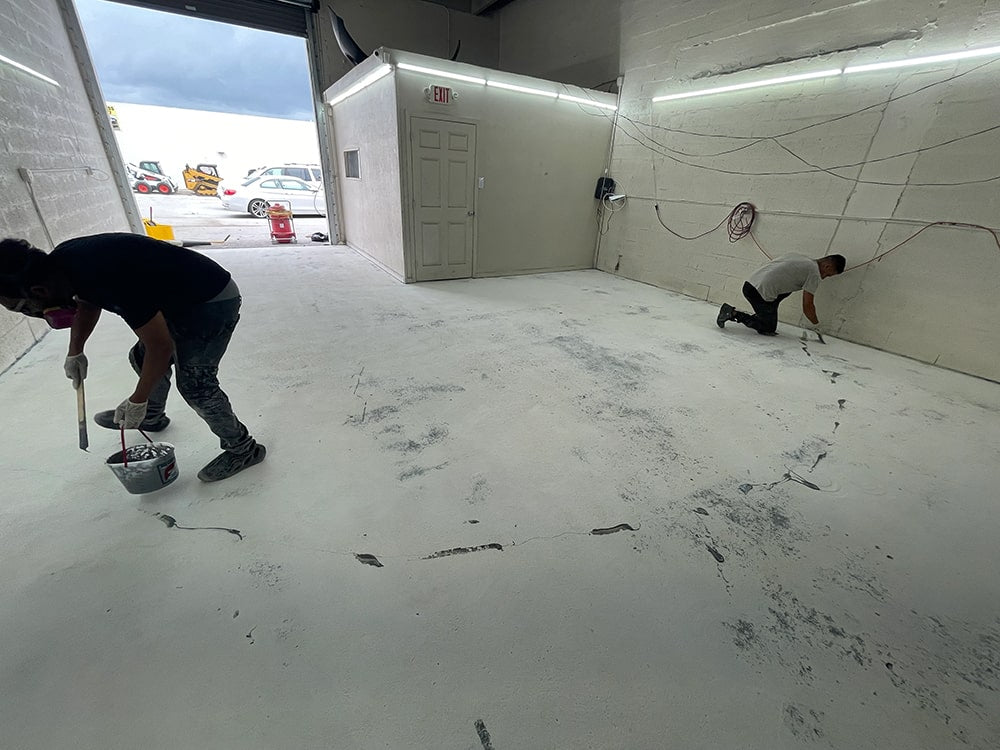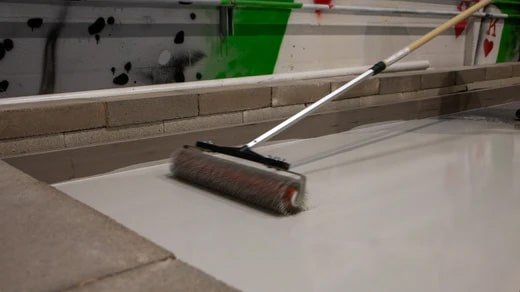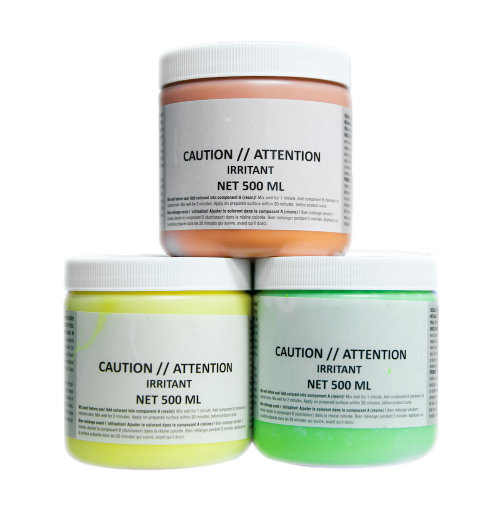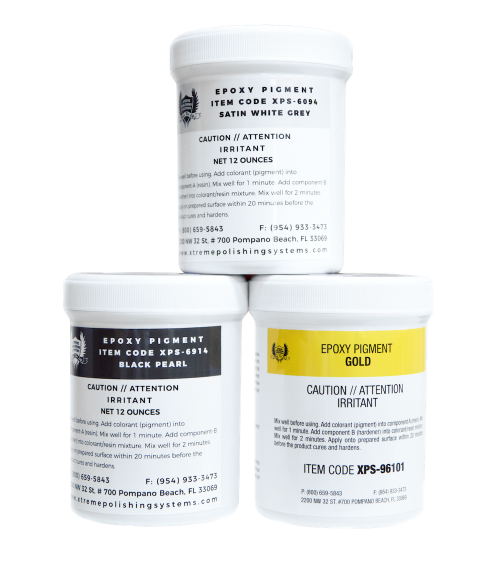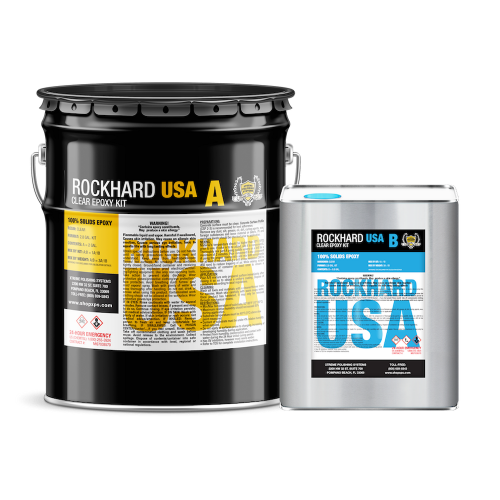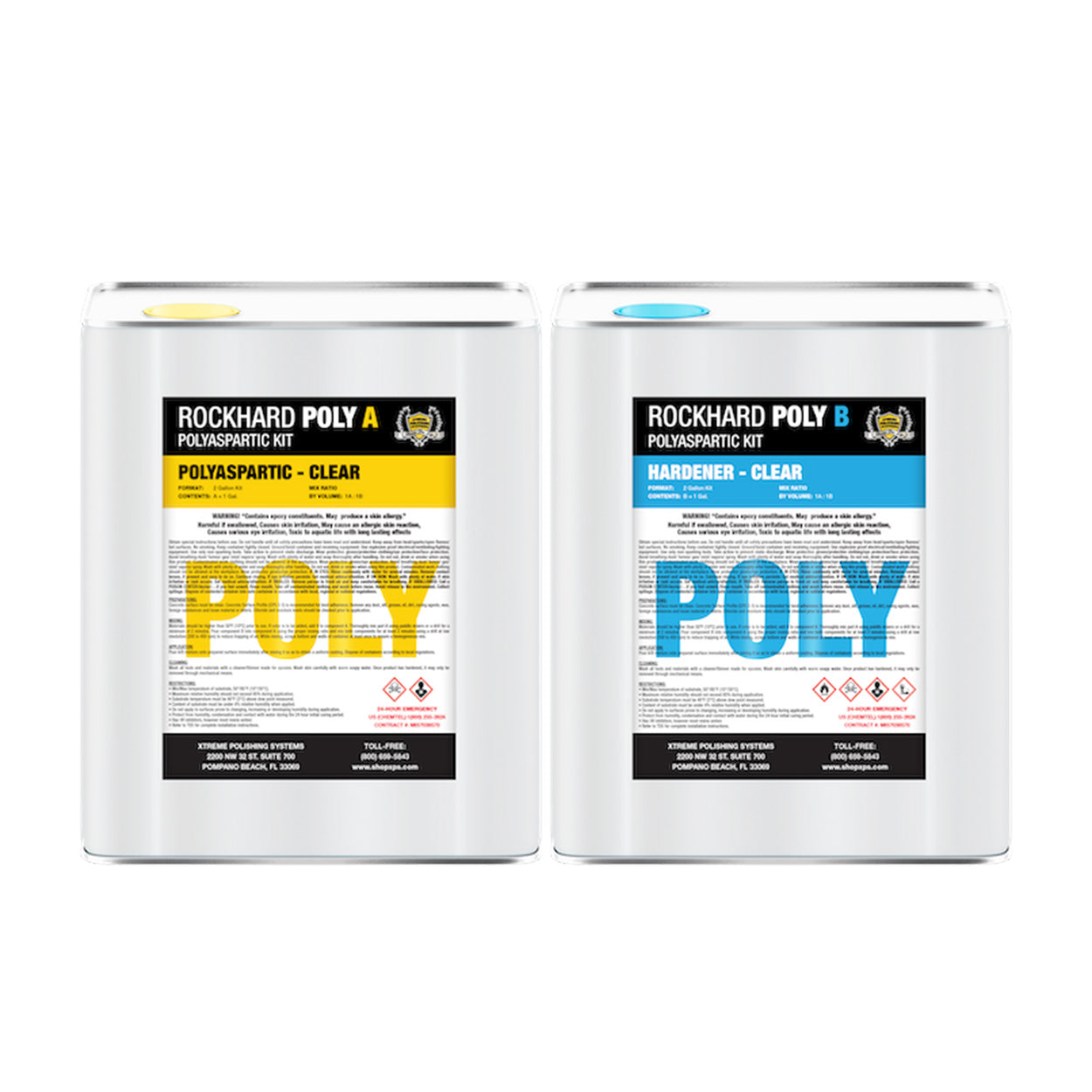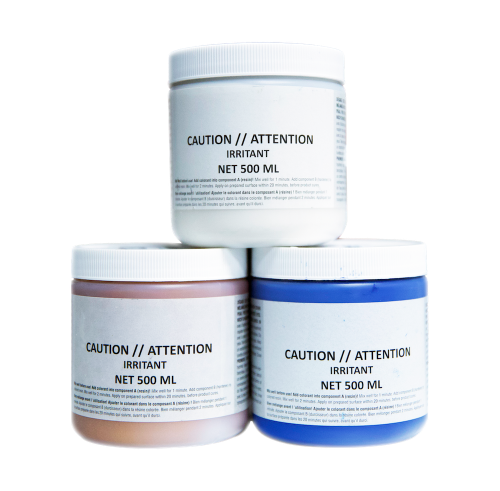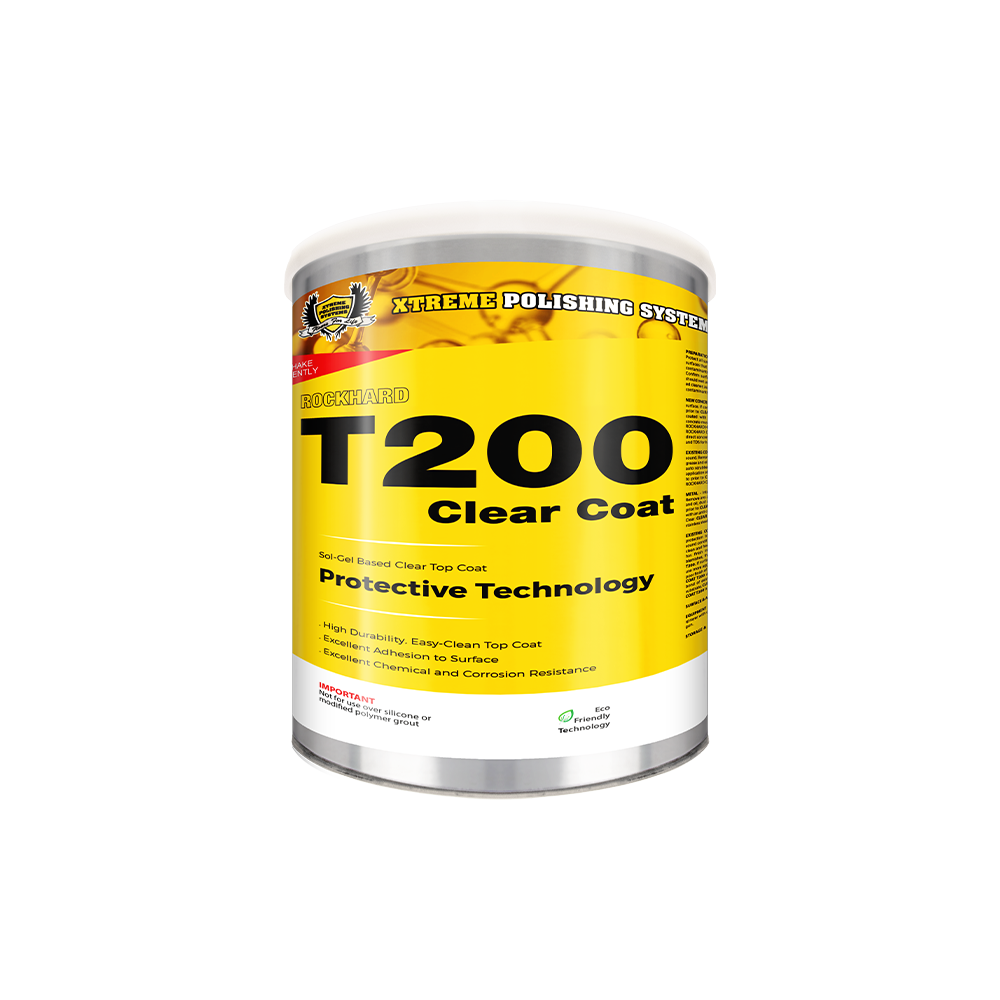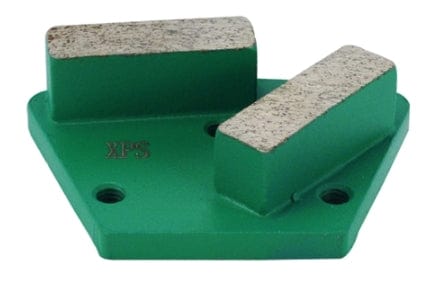There are almost always cracks that need to be treated or "fixed" when you perform an epoxy floor coating application. While cracks can never really be fixed, epoxy crack repair products act as wonderful treatments to reduce shadowing through cracks into subsequent decorative overlays or coatings. Your concrete slab will also be less likely to move and crack from the same location in the future.
Xtreme Polishing Systems offers epoxy crack filler products for repairing concrete cracks on concrete floors and slabs that are easier and less expensive than competing cement repair products on the market today. Not only are our systems economical in terms of product costs, but also in terms of the tools needed for repairing cracks in concrete.
Epoxy Floor Coating: Sealing Cracks Before Applying
In order to apply epoxy floor coatings properly, concrete must be inspected and any damages repaired, including cracks sealed. Taking this step will help the epoxy coating cure properly and not bubble or peel over time.
Why Concrete Floors Develop Cracks
As concrete is a porous material, most concrete floors develop cracks over time. In some cases, the cracks are so small that they go unnoticed, or they are hidden within the control joints.
In order to repair cracks, it is essential to identify the type and cause of the cracks. It will help determine the best approach to repairing them. Concrete cracks are often caused by flexures, shrinkages, or defective materials, such as an incorrect amount of concrete in the mix or inadequate curing.
Shrinkage cracks and settlement cracks are the two most commonly found cracks:
- Shrinkage Cracks - Dry shrinkage typically results in a jagged 3-point crack. Cracks that result from map-cracking (or shrinkage of plastic) often have a spider web-like pattern and have very little depth. Plastic settlement cracking causes discreet, parallel cracks that appear to tear the surface and usually appear while the concrete is fresh. There is often a correlation between the location of cracks in a slab and the reinforcement such as rebar, wire mesh, support beams, or footers.
- Settlement Cracks - Typically, cracks of this type occur as a result of a structural failure caused by elevation changes. These cracks are frequently referred to as "moving cracks" since they traverse the slab entirely and allow the pieces to move independently of one another. As a result of the slabs' composition and placement, shrinkage cracks are to be expected to some extent. The severity of true settlement cracks may be greater, so they need to be examined more closely to determine if they will persist.
Does Epoxy Work for Concrete Crack Repair?
Epoxy-based crack fillers is very effective when it comes to fixing cracks in concrete floors. Ensure that the crack you're trying to fix can be fixed with epoxy by reading the manufacturer's instructions. It is very important to use high-quality crack filler products such as those supplied by Xtreme Polishing Systems. Products that are low in quality can shrink away from the concrete and may not last as long as high-quality products.
Common Applications
- Concrete slabs with cracks
- Interior residential floors that are damaged
- Retail center floors with hairline concrete cracks
- A structurally damaged concrete exterior
- Ensure concrete surfaces are water-tight
- Patching concrete-based steps
- The service of repairing driveways
- Restoring floors with old interior concrete
- Steps and walls of an exterior building
- Substrates for residential living areas
- Repair cracks in concrete driveways and walkways
- Providing concrete floor repairs and repairing steps
- Crack filling for concrete
The epoxy or polyaspartic coating layers themselves do not fill in cracks in concrete floors. We generally crack-chase (or cut) the cracks that have developed after the floor has cured or settled to remove any loose materials. Additionally, crack-chasing creates clean, bondable surfaces inside cracks. After vacuuming out the cracks, epoxy crack filler material is applied to each crack. When concrete cracks move within each section, our experts will advise the customer on how to safely repair them. It may be necessary to involve other parties such as a professional contractor to correct slab movement problems.
Materials used to repair cracks can vary depending on crack widths and depths, floor temperatures, slab surface conditions, and porosity. Two-part epoxy crack fillers as well as polyurea crack fillers may be used or quick-setting epoxy crack fillers could also be used. These may also be thixotropic epoxies or hybrid polymers that set slowly and can fill larger or deeper cracks.
Concrete Repair Products of Choice by Brand
Depending on whether cracks are being treated as a result of an overlay or as a stand-alone treatment, the following products may be used.
Xtreme Polishing Systems
- XPS Thixofix Epoxy Adhesive
- XPS FC Fast Cure Crack Filler
- XPS Urethane Fast Cure Crack Filler
- XPS Concrete Floor Polyurea Joint Filler
- XPS Joint Flex Economy Concrete Floor Crack Filler
Metzger/McGuire
- MM Spal-Pro RS 88 Polyurea Joint Filler
- MM-80 Epoxy Joint Filler
- MM Spal-Pro RS 65 Polyurea Joint Sealer
- MM Rapid Refloor Crack Repair
- MM SRG Surface Refinement Grout
SPARTACOTE by Laticrete
ARDEX
Ameripolish
Whether you are looking for epoxy repair products, or you need some advice, our experts are available at (877) 958-5732 to assist you.
Conclusion
Ultimately, concrete crack repair can be accomplished by using the right materials. Xtreme Polishing Systems' range of products adheres well to concrete and seals cracks effectively.
If you are ready to tackle your concrete and epoxy repair project, consider our wide selection of high-performance products. Whether these cracks are on garage floors, driveways, patios, plant floors, basement floors, office floors, parking decks, warehouse floors, or even concrete patios, our self-leveling and epoxy crack repair products are the perfect solution.
If you would like assistance in choosing the right products to fill concrete cracks, then please give us a call at 877-958-5732.

